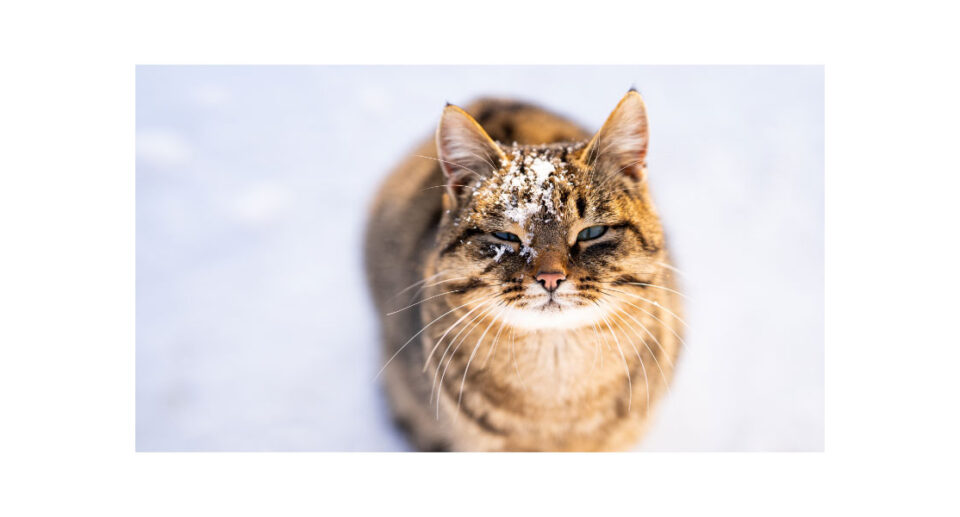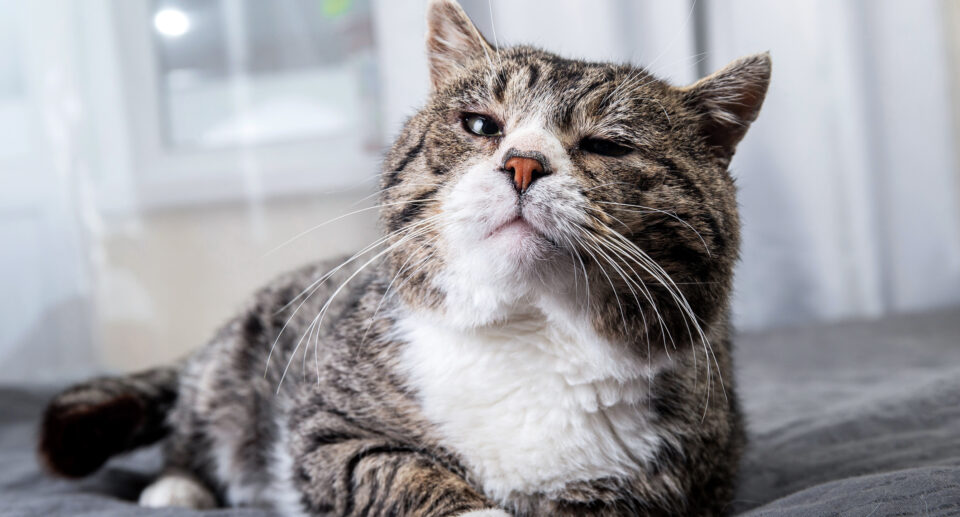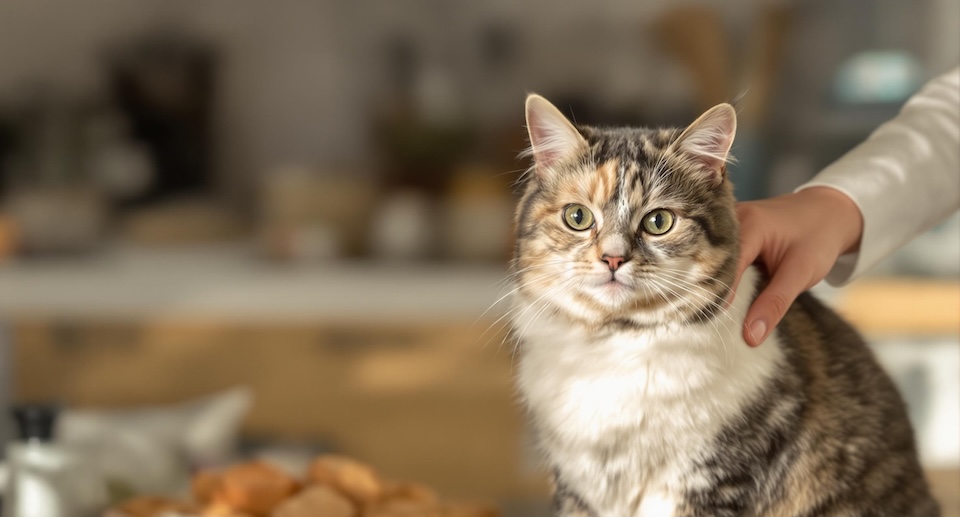Do Cats Go Through Cold and Flu Season? About Winter URIs in Cats

Winter brings cold and flu season, not just for people, but our four-legged family members too. Cats are prone to upper respiratory infections, or URIs, which affect the nose and throat, sometimes accompanied by eye irritation and discharge. Like the common cold, URIs in cats are usually not serious, but they can leave your kitty prone to complications like dehydration, secondary infections, and pneumonia. Learn all about winter URIs in cats and how you can help your cat stay healthy when cold weather hits.
Do Cats Get More URIs in the Winter?
Viruses and bacteria that cause upper respiratory infections (URIs) in cats are active year-round, but they’re even more prevalent in the wintertime.
Cold temperatures can slow down the immune system, even in healthy cats, making them more susceptible to getting sick if they are exposed to bacteria or viruses. For indoor-outdoor cats that spend time out in the cold, and are likely to run into other free-roaming cats, this is likely to be a factor in winter URIs.
Cats that spend time indoors in closed quarters with other cats are at an increased risk for URIs. This includes cats in shelters and rescues, as well as those temporarily spending time in boarding facilities, vet’s offices, and grooming salons.
Though most indoor cats are inside year-round, they could contract a URI if you bring a new cat into your home or while accompanying you on visits to other cat-loving households. Also, bacteria and viruses can live on surfaces for hours, even days, so it’s possible to expose your cat to an illness by bringing it home via shoes or clothing.
Can Cats Get Human Colds and Flus?
While we say we have “the common cold” when we get the sniffles in the winter, there are many strains of bacteria and viruses that cause respiratory infections in people and animals.
In cats, URIs are usually caused by either feline herpesvirus type 1 (FHV-1) or feline calicivirus (FCV). Neither virus is transmissible to humans, though they are highly contagious to other cats. Most of the time, URIs in cats are self-limiting, meaning they usually clear up on their own without complications. In some cases, though, an URI can lead to a secondary bacterial infection.
It’s possible for a cat to catch a cold or flu from a human family member. There have been known cases of cats contracting viruses like H1N1, COVID-19, and even seasonal influenza viruses from their humans.
5 Ways To Prevent URIs in Cats This Winter
While most URIs in cats aren’t serious, we always want our cats to feel their best. Senior cats, kittens, and those with a compromised immune system are more likely to be at risk for complications. Avoid unnecessary exposure to viruses that cause URIs with these five tips:
1. Ask your veterinarian about vaccinating against FHV-1 and FCV
2. Keep your cat indoors
3. Avoid close contact with your cat when you’re sick
4. If you adopt a new cat, keep them quarantined in a separate room for two weeks
5. Wash your hands and remove your shoes after coming in from outside, especially if you work or volunteer at a shelter or otherwise spend time around other cats
If your cat is showing signs of a URI, which may be sneezing, runny nose, and/or eye discharge. See your veterinarian as soon as possible if you notice serious symptoms like a fever, difficulty breathing, lethargy, and a lack of appetite.





